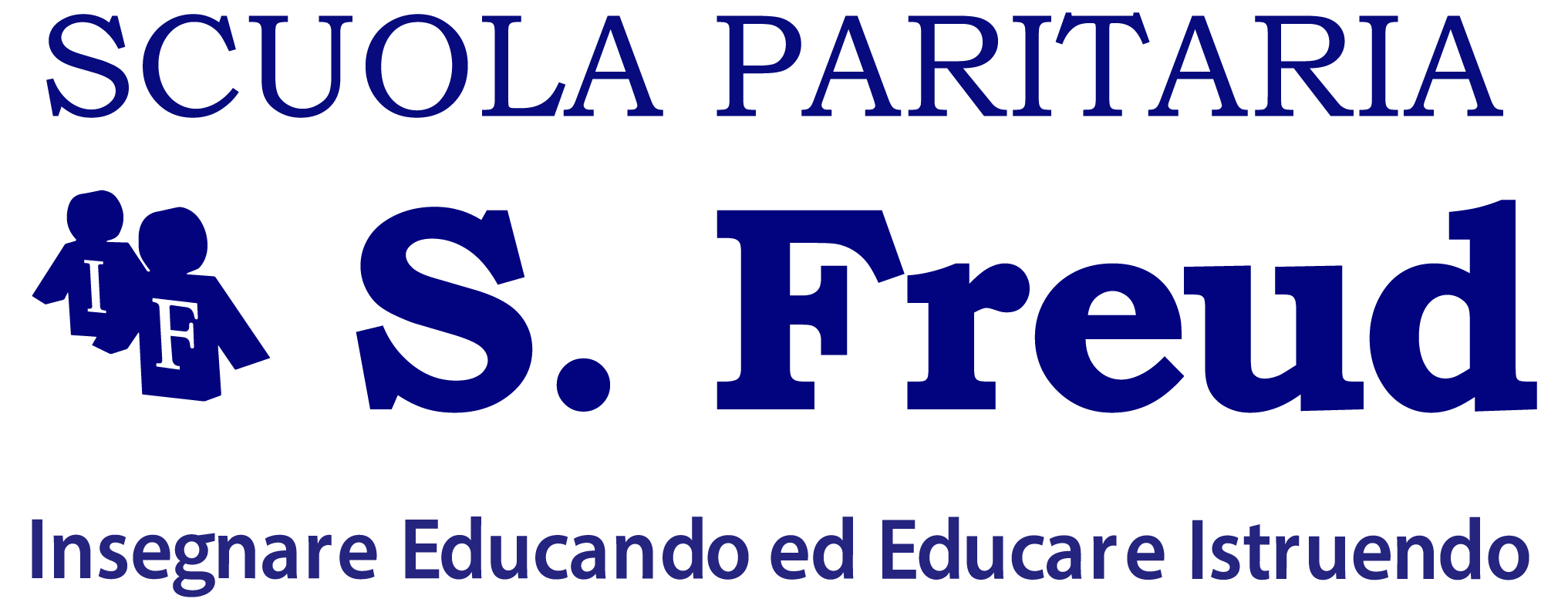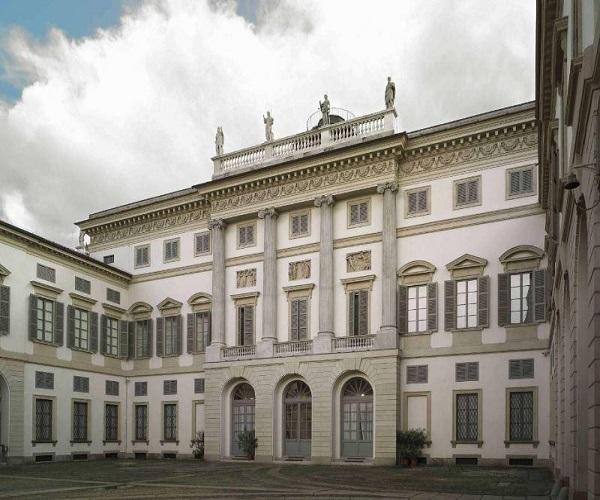2 novembre 2016
On Thirsday the 3rd of November 2016 the classroom 5^ A of the Technical Technollogical IT cycle of studies will take part in the visit of the Modern Art Gallery (GAM) of MIlan at the Villa Reale ofi via Palestro 16 in Milan, from 11.00 a.m
The Italian and History topics that are being studying in the Vth gade classroom include a module dedicated to the Scapigliatura and the Belle Epoque. Tha main elements are the specific features of this historical period and their consequences in the art and the literary contexts. The visit of the Art Gallery based in Palazzo Belgiojoso offers the chance to see the artistic and figurative implicayions and the influence coming from the bohemiens and the French Impressionism. You can also visit an interesting historical building which is related to the events that occured between the end of 1800 and the beginning of 1900.
The collections of the Modern Art Gallery are displayed on the first and the second floor of Villa Reale that you can reach from the hall on the groundfloor and the staircase.
The exhibition route starts from the six first rooms where the themes and the characters of the Neoclassicims are displayed among which the masterpieces by Canova stand out. Two big rooms are dedicated to the portraits, mainly focused on Hayez' works. The magnifiscent ballroom and the bright Parnaso room are both empy but they represent two breaks along the exhibition route. The Romantic Period restarts in the monographic room dedicated to Scapigliatura. The Divisionist Period is recalled through a series of theme rooms, Grubicy, Longoni up to the painters featuring a social subject like Morbelli, Sottocornola and Nomellini. After the section dedicated to the masterpieces by Medardo Rosso, the route on the first floor comes to an end with the symbolist paintings by Previati and Segantini.
The route continues on the second floor through the Grassi Collection where some masterpieces by the Italian and the foreign painters from the XIVth to the XXth century are displayed, there is also a corner dedicated to the works of the Eastern Art. Among the exhibited works there is Manet, Cézanne, Van Gogh, Gauguin.
OBJECTIVES:
- combinig the theorethical study and the the history of art of the period through the direct approach with the works
- go deep into the different "texts" that can enable the understanding of specific learning points.
AIMS:
- enhancing and enabling the cognitive learning as well as the meta-cognitive one through the studied notions and the frontal lectures;
- process the questions and the hypothsis to be checked and discussed in order to understand the most difficult aspects through the related situations, th objects and the places;
- knowing the historical and cultural envitonment that surrounds us.


